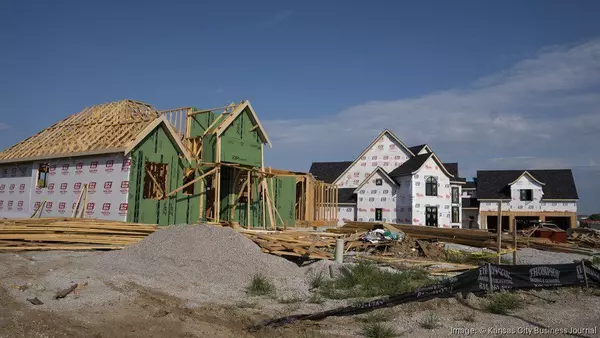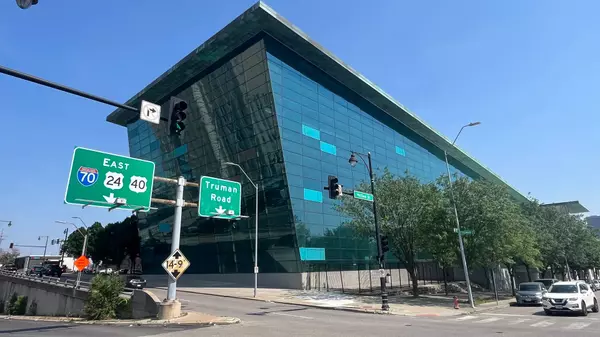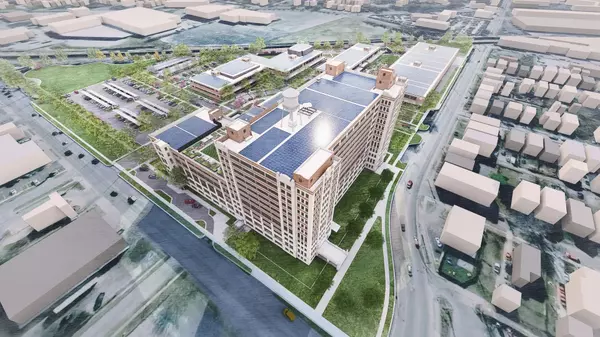Hospitality Investment Strategies: How REITs Are Shaping the Market in 2024

The hospitality industry is witnessing a strategic shift as major Real Estate Investment Trusts (REITs) reassess their portfolios to maximize returns. The recent CoStar article highlights how REITs are making calculated dispositions and reinvesting capital into high-growth properties, a move that pr
Read More-

$3,600,000 59 Beds | - Baths | - SqFt 4231 Industrial Ave #59, Lincoln, NE 68504-1118 Active Are you looking for a lucrative investment in the real estate industry? Look no further than the Comfort Inn at 4231 Industrial Ave #59, Lincoln, NE 68504-1118. This 59-room hotel, built in 1994, is listed a
Read More The Evolving Landscape of Commercial Real Estate in 2023

The year 2023 has been marked by a series of transformative events in the commercial real estate sector. With the global economy still recovering from the aftershocks of the pandemic and new challenges arising, the real estate market is at a pivotal juncture. One of the most significant influencers
Read MoreInnovative Trends Shaping the Multifamily Commercial Real Estate Market

The multifamily commercial real estate market has witnessed several transformative trends in recent years. These innovative trends, driven by societal shifts, technological advancements, and evolving tenant preferences, are reshaping the landscape of multifamily investments. This blog post will delv
Read MoreSuccess Strategies for Multifamily Commercial Real Estate Investments

Investing in multifamily commercial real estate can be a highly lucrative venture when done right. Multifamily properties, which encompass everything from duplexes to apartment complexes, present a unique opportunity for investors looking to generate steady income and achieve long-term financial gro
Read MoreUnderstanding Your Mortgage: A Comprehensive Guide to Essential Terms

Navigating the world of mortgages can be a daunting endeavor, filled with a myriad of terms and concepts that might seem overwhelming to the uninitiated. From the foundational principles of borrowing to the intricate details of underwriting, understanding these terms is crucial for anyone venturing
Read MoreThe Future of Office Buildings: A Deep Dive into the Current Market Trends

Introduction The commercial real estate market is witnessing a significant transformation, particularly in the office buildings sector. As reported by various industry experts, the COVID-19 pandemic has accelerated the shift towards remote work, causing many businesses to reconsider their need for p
Read MoreBeginner's Guide to Multifamily Property Investing: Essential Tips for Success

Ready to acquire your first Multifamily Property? Investing in real estate has always been an attractive proposition for many looking to diversify their portfolio and accumulate wealth over the long term. One particular segment of real estate, multifamily properties, has been growing in popularity o
Read MoreDiving into Diverse Real Estate Investments: Your Guide to Profitable Choices

Investing in real estate is a smart move. It's a sturdy field that keeps bouncing back, even when times are tough. But let's be honest, it's also vast and can be a bit overwhelming with all its different forms. Each type has its own pros and cons, and finding the right fit isn't always straightforwa
Read MoreUnderstanding the Role of Demographics in Commercial Real Estate Investment

COMMERCIAL REAL ESTATE | Demographics The role of demographics in commercial real estate decision-making cannot be overstated. Demographics refer to the characteristics of a population, such as age, gender, income level, and education level. Understanding these factors can help investors and develop
Read More
Categories
Recent Posts










